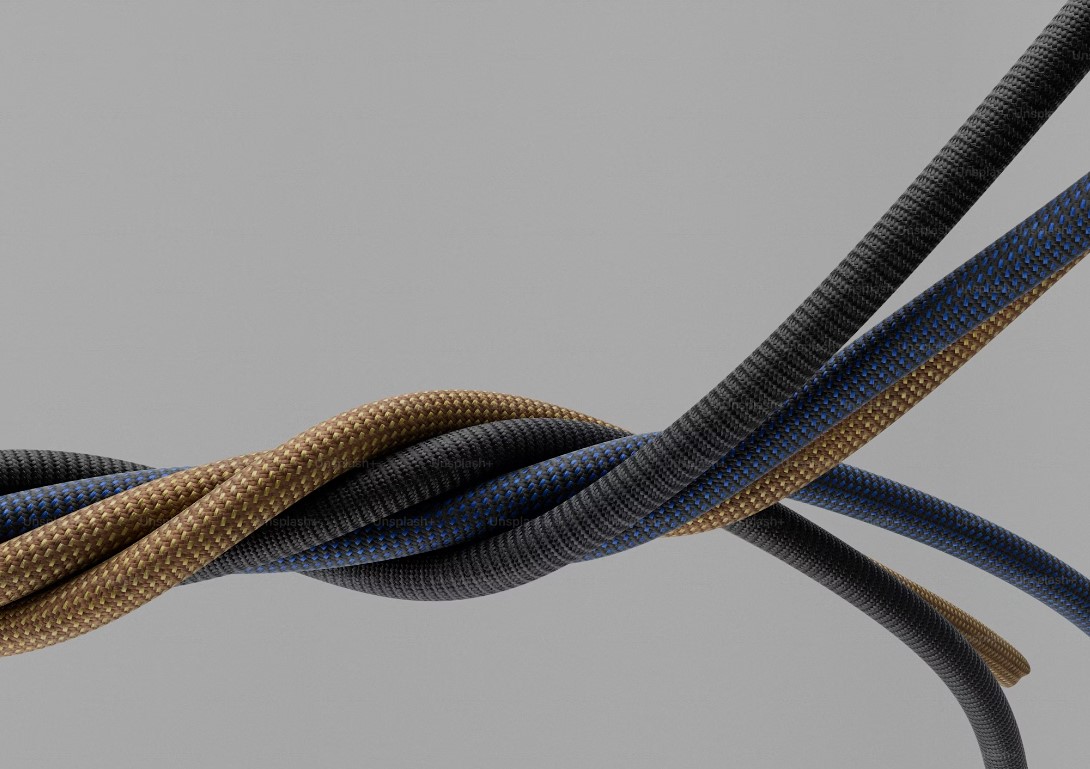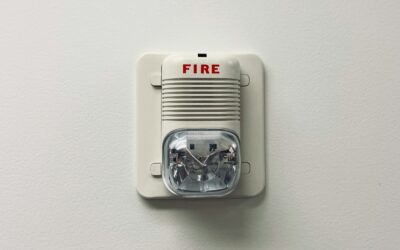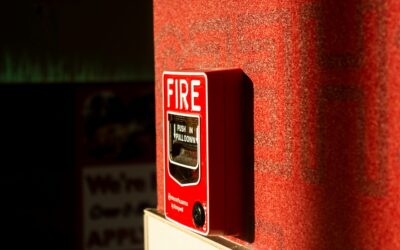CCTV cabling is a crucial component of any CCTV installation. Proper consideration of CCTV camera cabling is essential to ensure your system performs effectively and reliably. What do you need to know about CCTV camera cable, and how can you ensure that your CCTV cabling supports the reliable performance of your system?
Can I use any cable for CCTV camera?
While it might be tempting to use any available cable for CCTV camera wiring, it’s essential that cables specifically designed for the purpose are installed. Improper CCTV camera cables can result in signal loss, interference, and unreliable transmission, all of which can be problematic if you’re looking for clear, reliable footage.
The two primary types of cabling for CCTV cameras are coaxial cables and twisted pair cables.
Coaxial cables, such as RG59 or RG6, are commonly used for analogue CCTV systems. Twisted pair cables, such as Cat5e or Cat6, are typically used for IP-based CCTV systems. These CCTV camera cables are capable of transmitting both power and data, making them useful for modern surveillance setups.
What cables are needed for a CCTV camera?
The type of CCTV camera cabling will depend on the type of CCTV system and the particular requirement of the CCTV installation. Coaxial cables are typically used to transmit video signals from the cameras to the recording device or monitor on analogue systems. Twisted pair cables, often in the form of Ethernet cables, are usually used to connect the cameras to the network switch or recorder in an IP-based CCTV system. Because these cables can transmit data and power they simplify the installation process and reduce cable clutter.
Other cables may be required depending on the system being installed, such as cables for audio, Pan-Tilt-Zoom (PTZ) control, and alarm triggers.
What size cable is used for CCTV cameras?
The size of the cable used for CCTV cameras depends on various factors, including the distance between the cameras and the recording device, the power requirements of the cameras, and the type of signals being transmitted.
What is the best way to run cable for security cameras
It’s essential to ensure that cabling for CCTV cameras is routed properly to ensure efficiency and reliability. The cable route should be carefully planned before installation to minimise exposure to environmental hazards, interference, and tampering.
Sharp bends and kinks should be avoided as these can cause damage to the cables as well as cause the signal to deteriorate. Cables should be properly secured using cable clips, straps, or ties, to secure them along the route and prevent them from sagging or becoming loose over time.
Once the CCTV cable installation is complete, the CCTV cable should be thoroughly tested to assess connectivity and signal integrity before setup is finalised.
CCTV Systems from Protive Security & Surveillance
If you’re considering a CCTV system for your business, then Protive Security & Surveillance can help. Our team take time to find out about your particular security needs and can design, install and maintain the optimum system for your requirements.
Contact us for an accurate quote for CCTV for your home or business





